Contents:
Introduction
News blog
What is Servoy?
Getting Started
Comparison Servoy/VFP
Performance
How-To's
Code Reference
VFP2Servoy Toolkit
Contact / feedback
|
How to deploy a solution using Servoy Application Server
As you know by now Servoy is not just a development environment but also an Application Server. Servoy makes it possible to deploy your solution in several ways. First of all, when you start Servoy Developer
on your laptop or development machine it will also fire up the Application Server. However, you should realize that the Development Environment and the Application Server are seperate from each other and in a
real life scenario you will want to start just the Application Server on a server somewhere for hosting your application so your customers can use it.
As you can see in the image below you can start Servoy Developer or Servoy Server from the Programs menu.
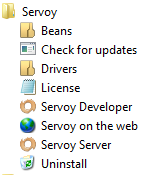
When you start the server the following screen appears, which you can minimize. Note that at installation you have the choice to install the Servoy Application Server as a service optionally which will always
start automatically after booting.
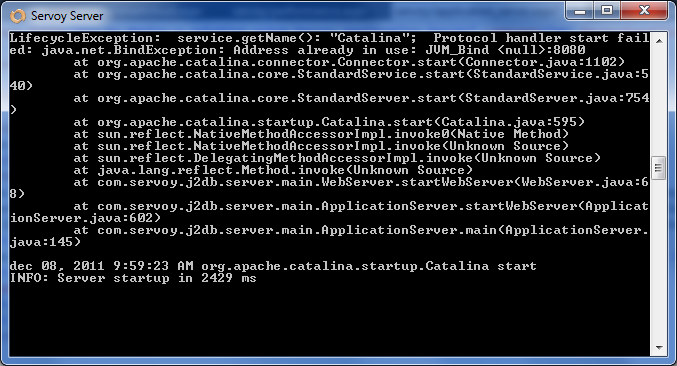
Normally, you will develop the application on your local machine, export the solution and import it on your (remote/cloud) server which is pretty straightforward. For now we will focus on configuring the server,
creating user accounts and activating the solution so the user can connect to it.
For this example I will use a server that is in IBM's SmartCloud. For more info on how to create your own look at the How to deploy Servoy in IBM's Smart Cloud.
Although you can start Servoy Developer on your Cloud Server/Network Server/Laptop we will instead configure Servoy Server and let the user connect to that. If you are using a remote server then this is a good time
to connect to it using remote desktop as described in the corresponding walk-through. If you haven't done so, start the Servoy Server as described above.
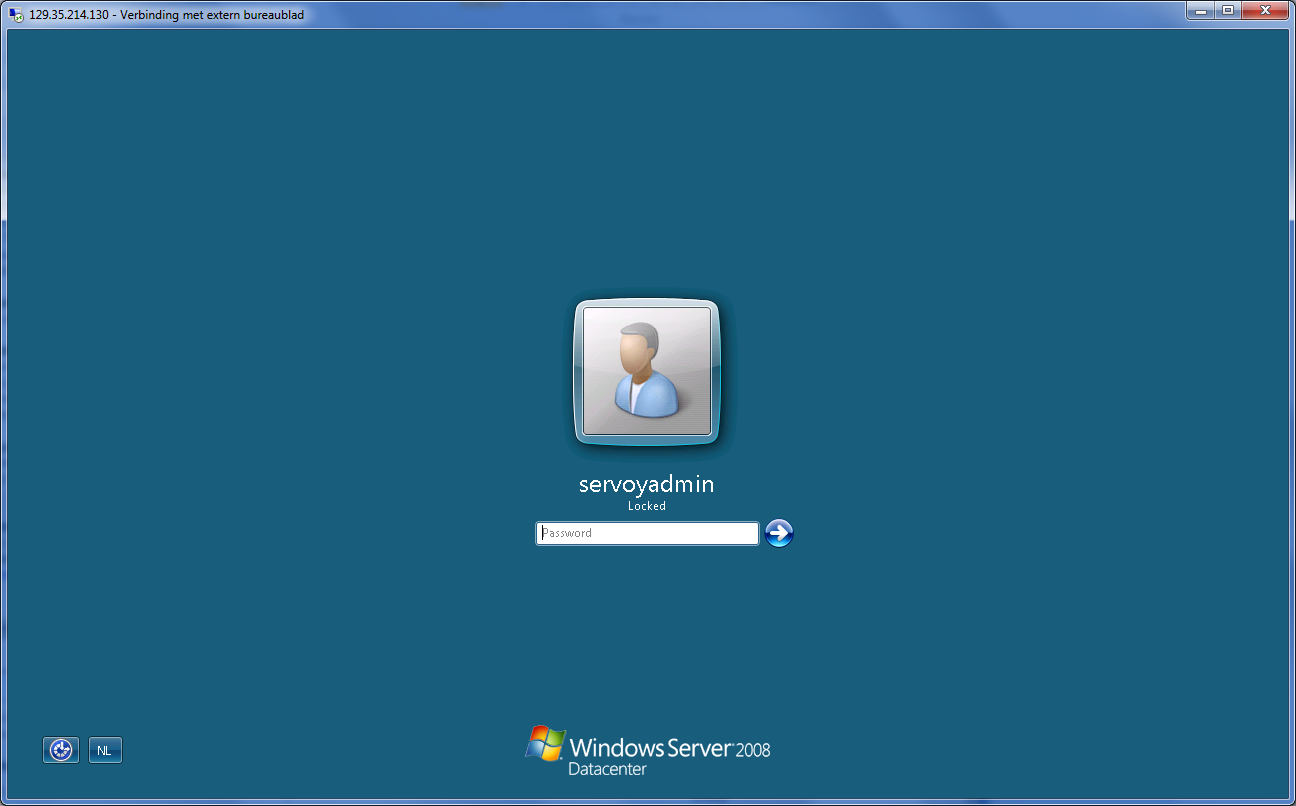
Next, open a browser and use the following url: http://localhost:8080/servoy-admin (make sure the Application Server is running and not Servoy Developer!). If you get a warning to change the default Admin password
then please do so. Better safe than sorry. Also when connection to the server admin console you will have to login.
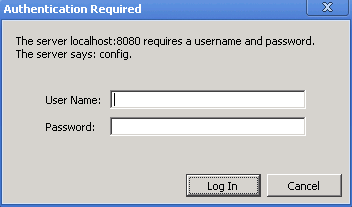
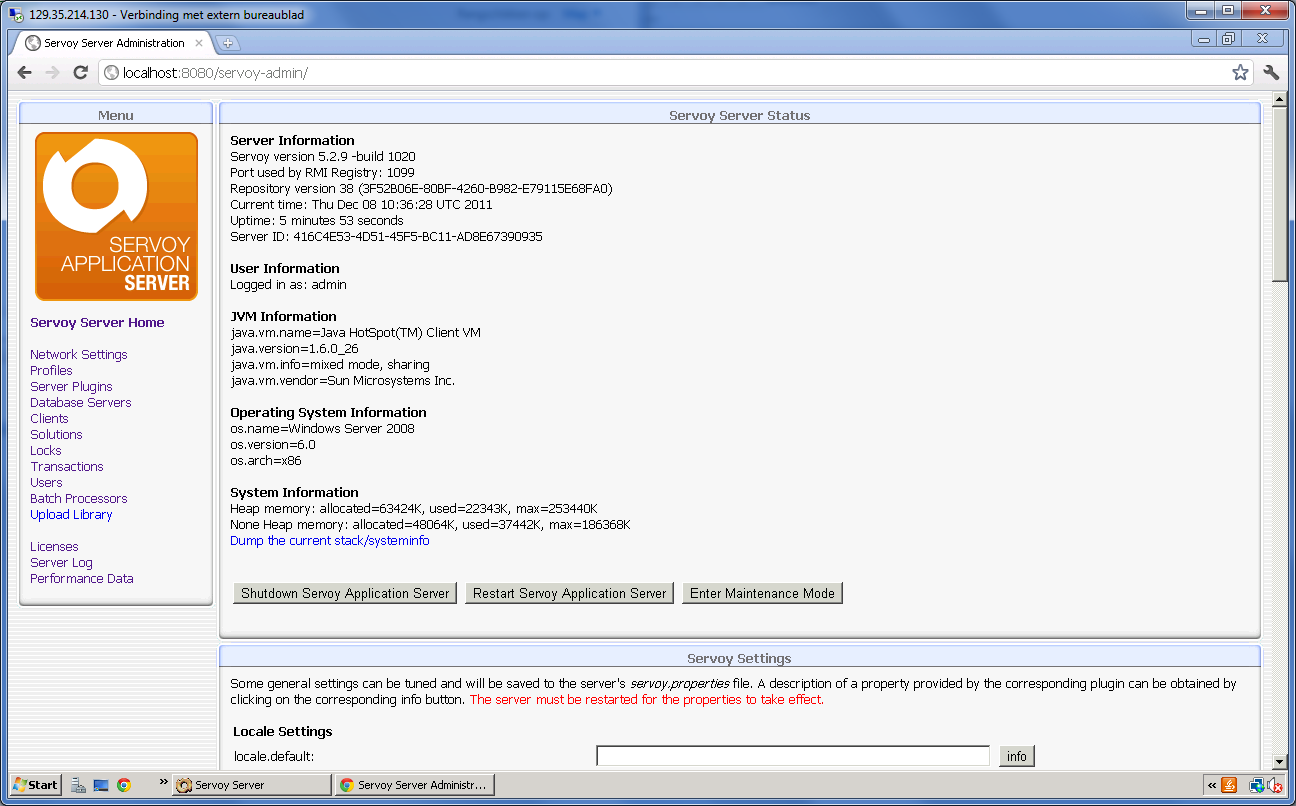
In the menu on the left, select"Users and create the user account(s) that you or your customer wants to use to connect to the application. Of course you will need to make sure that you have enabled the
client-licenses. Note that a Developer license comes with 5 client-licenses.
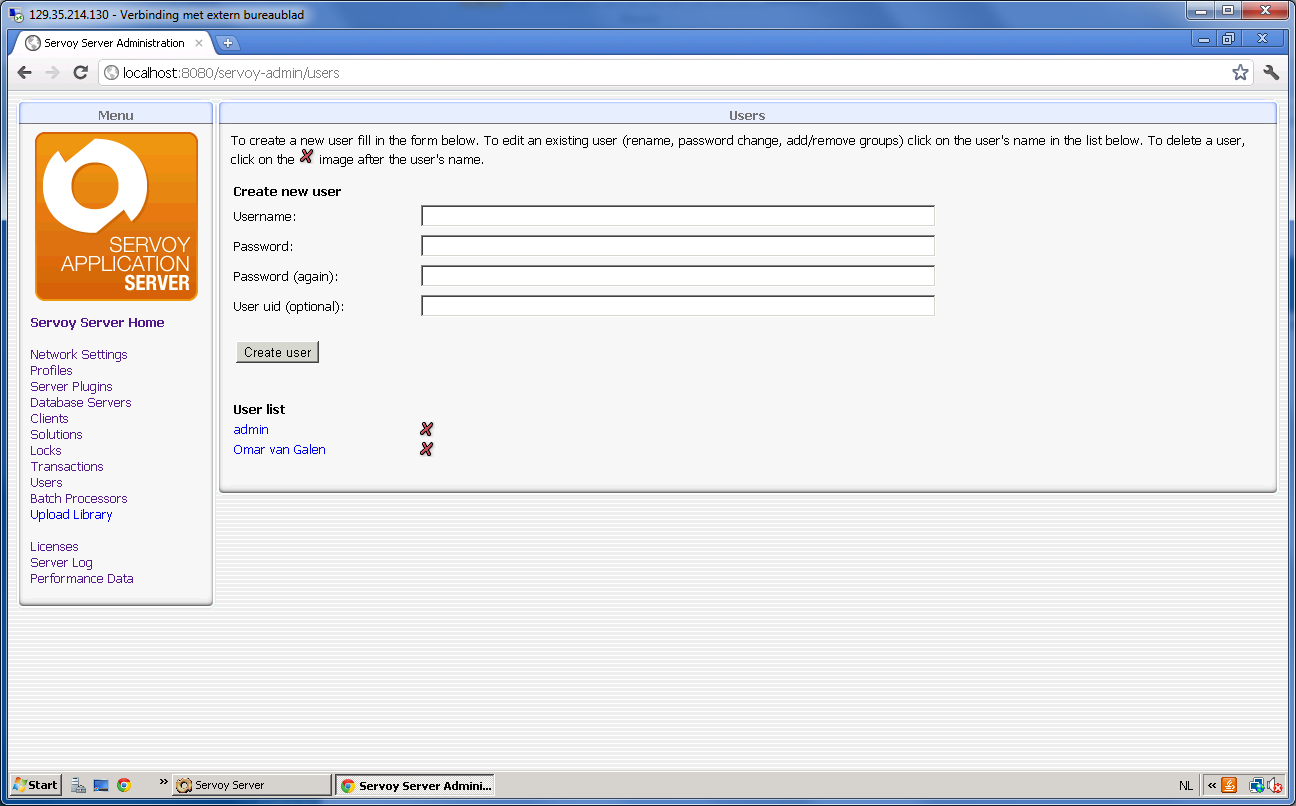
In the menu on the left, select"Solutions and activate the solution you want to make available to the users.
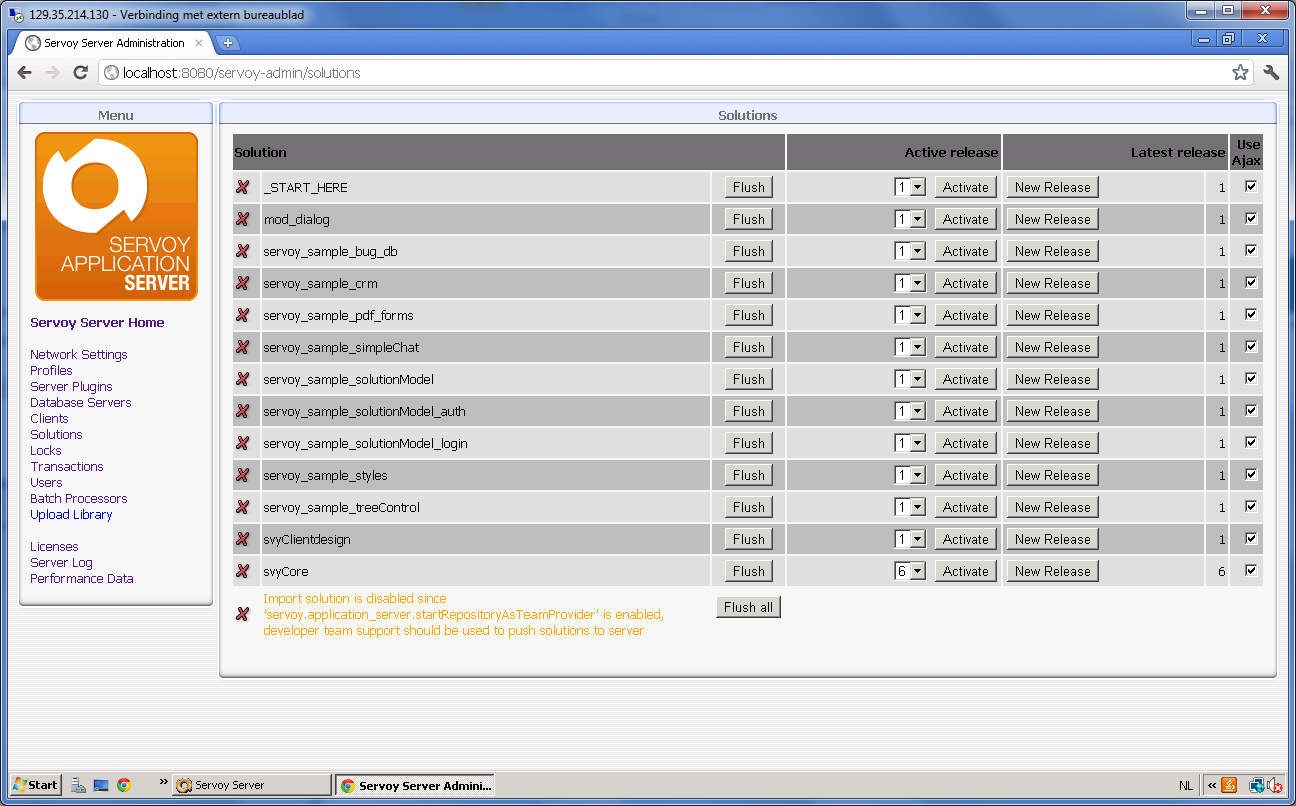
If you want to import a new solution you will see that the Import Soution option is disabled by default due to the 'servoy.application_server.startRepositoryAsTeamProvider' property which is set to true.
When you use the standalone Application Server as we are doing in this sample you will want to set it to false in the servoy.properties file which is located in the Servoy application_server
directory. After doing this and saving the file you will have to restart Servoy Application Server.
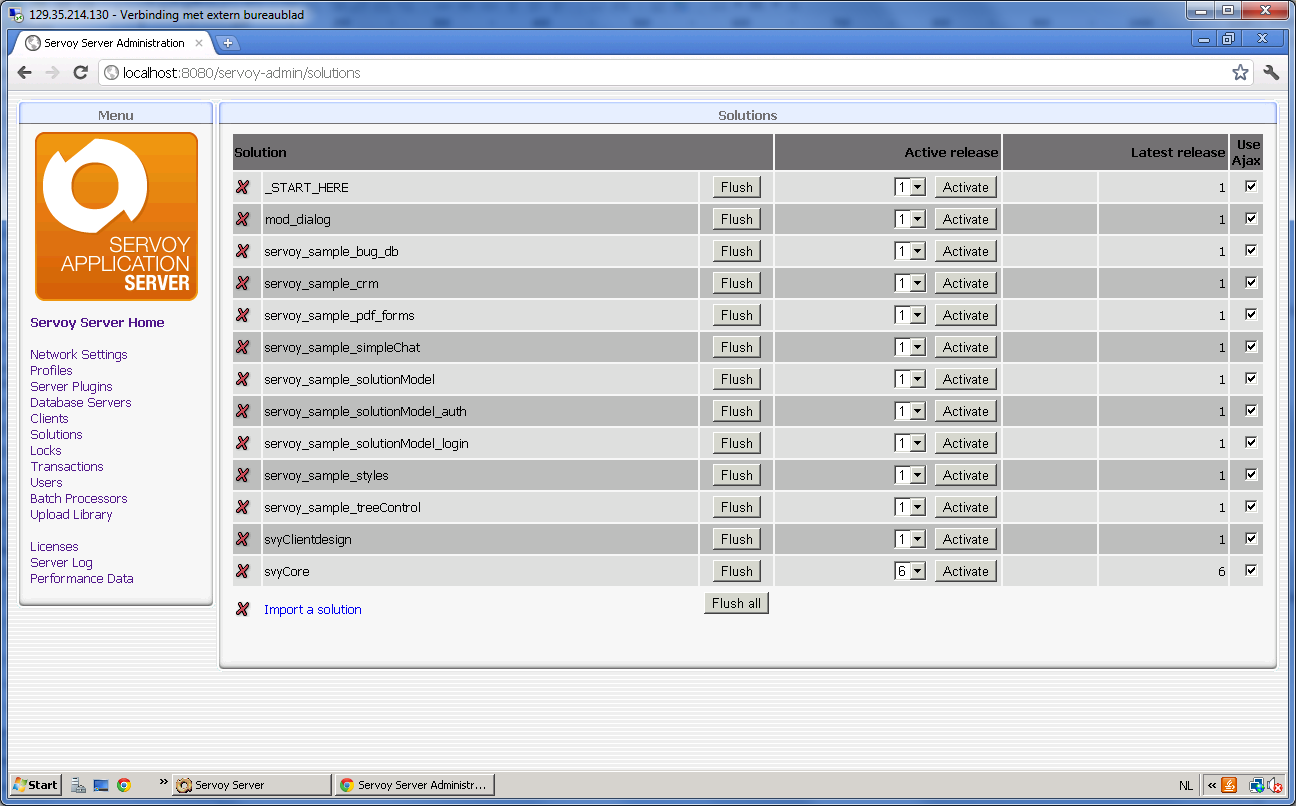
Ok, now close the browser with the Servoy Server Admin Console and leave the Application Server running.
From your client PC open a browser and enter the IP-adres of the server followed by :8080 if you used the default ports. The following window will appear:
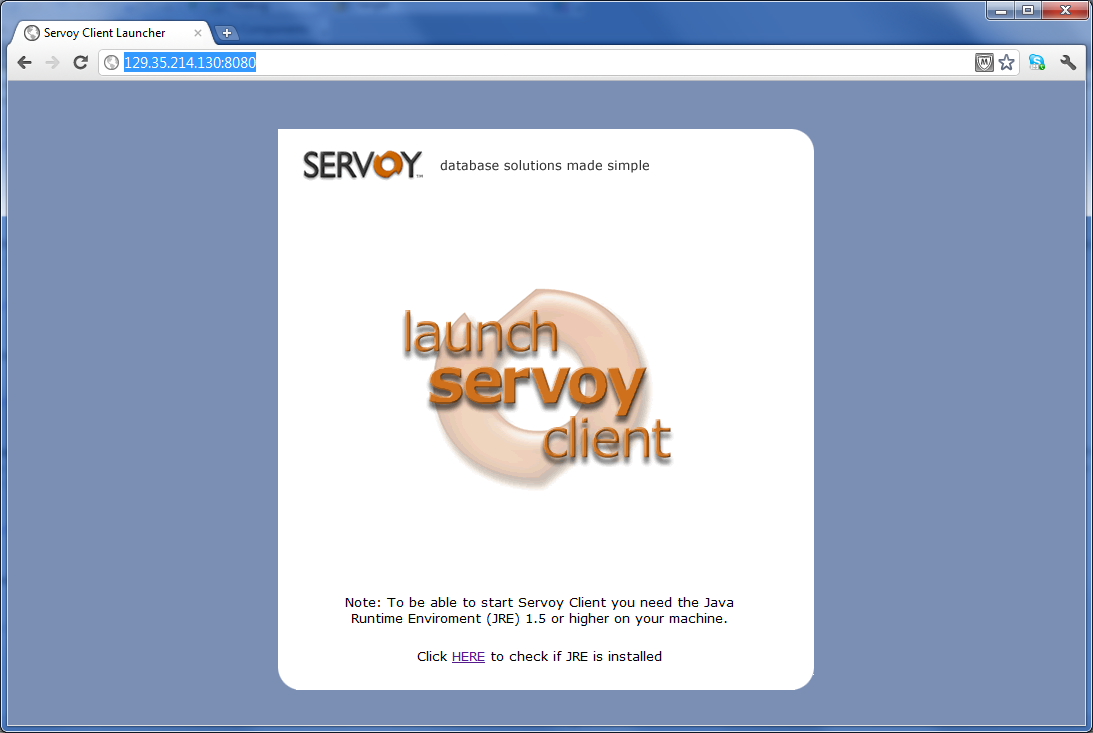
From this window the user can launch the Servoy Client. The user will need the Java Runtime Environment (JRE). In the launch window a link is available through which a check can be done if the proper JRE is
available. If not, the user can download it from the link that appears. After launching the client the first time an on-the-fly zero deployment installation will occur and a shortcut will be placed on the desktop.
Depending on your browser you may need to confirm or allow the proces to start/continue. Or maybe it will show the download asking you to open it such as is the case in Google Chrome.
If all goes well the following screens appear:

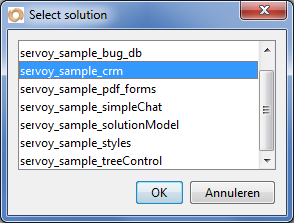
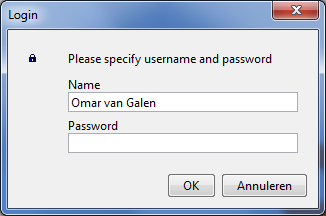
And finally after selecting the proper solution (once) and logging in, your application magically appears!
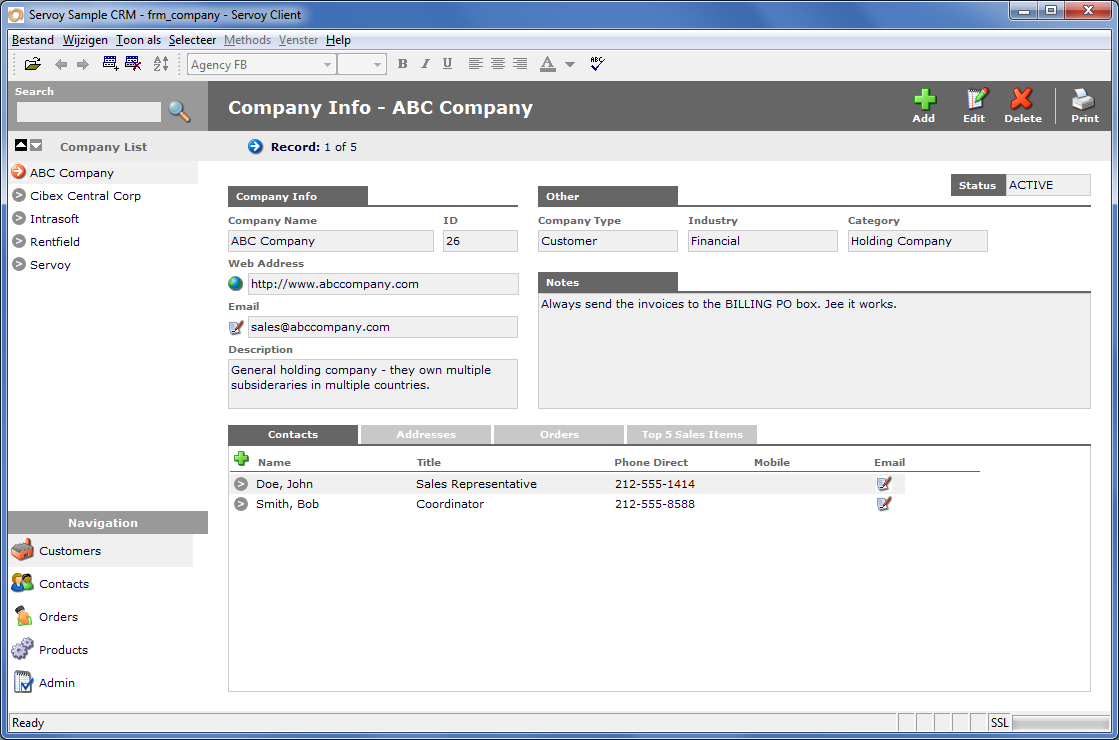
|
External resources:
 vfp plugin vfp plugin
 ServoyWorld 2012 pics ServoyWorld 2012 pics
 Official Servoy website Official Servoy website
 Ken Levy on Servoy Ken Levy on Servoy
 Servoy info Servoy info
 Servoy Forum Servoy Forum
 Servoy Documentation Servoy Documentation
|